数字货币CFDs 零隔夜费
所有数字货币 CFD 交易均享 $0 隔夜仓息。
全天候交易, 覆盖 39 种热门数字货币。
仅限时供应。


全球交易者共同的选择
自 2006 年起,GO Markets 已帮助全球数十万交易者实现他们的投资目标。凭借严格监管、以客户为本的服务,以及屡获殊荣的教育资源,我们始终是交易者值得信赖的合作伙伴。























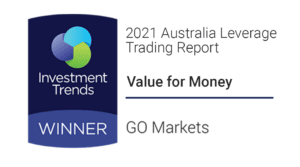




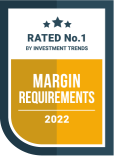







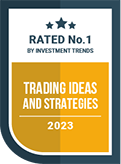







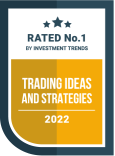





GO Markets
让交易更进一步
探索上千种交易机会,享受专业机构水准的交易工具、流畅稳定的交易体验,以及屡获殊荣的客户支持。开户流程简单快捷,让您轻松开启交易之旅。
.jpg)
如果你在两年前买入任何一只铀矿股,大概率都赚到了钱。那时候是“风口来了猪都会飞”,只要沾上“核能”两个字,股价就跟着铀价一起涨。但站在2025年底,那种“闭眼买、随便涨”的好日子结束了。
2026年,铀矿投资将进入一个新的阶段——“拼内功”的阶段。有些公司会因为手里有真矿而一飞冲天,而有些只会讲故事的公司将会原形毕露。
最近发生了两件大事,一喜一忧。
第一件事:印度的“核能大门”终于开了(这是超级利好)
以前,全世界最大的核能市场是中国和欧美。但就在昨天,印度通过了一个叫《SHANTI法案》的新法律。简单说,这就像是给印度的核能市场松了绑。以前印度搞核电只能国家自己弄,效率低、资金少;现在法律允许塔塔、阿达尼这些印度财阀巨头进场,也允许外国技术进来。印度计划在未来20年把核电规模扩大10倍。
这对铀价意味着什么?意味着除了微软、亚马逊这些搞AI需要电力的科技巨头在抢铀,现在又多了一个拥有14亿人口的超级大买家。需求端简直是火上浇油。
第二件事:澳洲矿企Boss Energy暴雷(这是血的教训)
既然需求这么好,为什么今天铀矿股没有集体狂欢?因为澳洲的一家明星公司——Boss Energy股价腰斩后又暴跌了20%多。
为什么暴跌?简单说就是:牛皮吹破了。这家公司以前告诉大家,他们的Honeymoon矿山很好挖,成本很低。结果今天他们不得不承认,地底下的矿石情况比预想的差很多,原来的开采方案行不通,之前的赚钱计划作废,一切得推倒重来。
这给所有投资者敲响了警钟:铀价再高,如果你挖不出来,或者挖矿成本太高,那也是白搭。
2026年,普通人该怎么买?
基于上面这一正一反两个消息,明年的策略非常简单:买那些真正能把矿挖出来、卖出去的好公司;远离那些只会画大饼、还没证明自己的公司。以下是对几只热门股票的解读:1. 最稳的“定海神针”:Cameco (CCJ)
- 它是什么: 加拿大的巨无霸,行业老大。
- 投资逻辑: 如果你不想担惊受怕,买它就对了。它不仅有世界上最好的矿,还收购了西屋电气(造核反应堆的)。不管谁建核电站,都要找它买燃料。虽然它最近也遇到一点小技术问题减产,但那是“感冒”,不像Boss Energy是“重伤”。
- 评价: 核心配置。
2. 最具爆发力的“皇储”:NexGen Energy (NXE)
- 它是什么: 还没开始挖,但手里握着一个“金矿”。
- 投资逻辑: 它在加拿大的那个矿,品位极高,就像地底下埋着印钞机。现在只要等加拿大政府最后盖个章(审批通过),它就能开工。按照现在的进度,2026年初很可能就有好消息。一旦获批,它的价值会重估。
- 评价: 值得,要等待好消息落地。
3. 美国的“投机之王”:UEC
- 它是什么: 美国本土公司,非常擅长资本运作。
- 投资逻辑: 这家公司很有意思,它不仅自己挖矿,还特别喜欢在铀价便宜的时候囤货。它现在的仓库里堆满了铀。如果明年铀价突然暴涨,它赚得最快最多。而且它有“美国制造”的光环,美国政府现在很支持本土矿企。
- 评价: 有点激进,博取的短期暴涨。
4. 甚至有点危险的:Boss Energy (BOE)
- 它是什么: 刚刚暴雷的澳洲公司。
- 投资逻辑: 就像我前面说的,它承认了地质问题。解决这些问题可能需要一年甚至更久,而且不一定能解决好。
- 评价: 坚决不碰。 哪怕它跌了很多看起来很便宜,也不要去接“飞下来的刀子”。
5. 值得观察的:Paladin (PDN) 和 Deep Yellow (DYL)
- Paladin (PDN): 它已经开始生产了,比Boss Energy强。但最近为了还债在调整财务结构,加上成本控制还需要观察。属于“比上不足,比下有余”。
- Deep Yellow (DYL): 这是家好公司,老板是行业老兵,非常稳健。看到Boss Energy翻车,他们很聪明地推迟了做决定的时间,一定要把账算清楚再开工。这种谨慎在现在很难得,现在的价格是被错杀了,值得关注。
总结2026年的铀市场,不再是大家一起发财的宴席,而是一场“淘汰赛”。核能复兴的大趋势没有任何问题,印度的入局更是加了一把火。但是,地下的矿石不会骗人。作为投资者,我们要把钱投给那些确定性最高的公司(如Cameco、NexGen),而不是去赌那些看起来便宜但风险巨大的“故事股”。记住一句话:在牛市的下半场,安全比暴利更重要。

Donald Trump has officially declared the Maduro regime in Venezuela a foreign terrorist organisation and ordered a "total and complete blockade" of the country's sanctioned oil tankers.
The U.S. has positioned 11 warships in the Caribbean to enforce the blockade, which could remove 400,000 to 500,000 barrels daily from global supply.
The move sent crude prices jumping over 2% and sparked renewed concerns about supply stability heading into 2026.
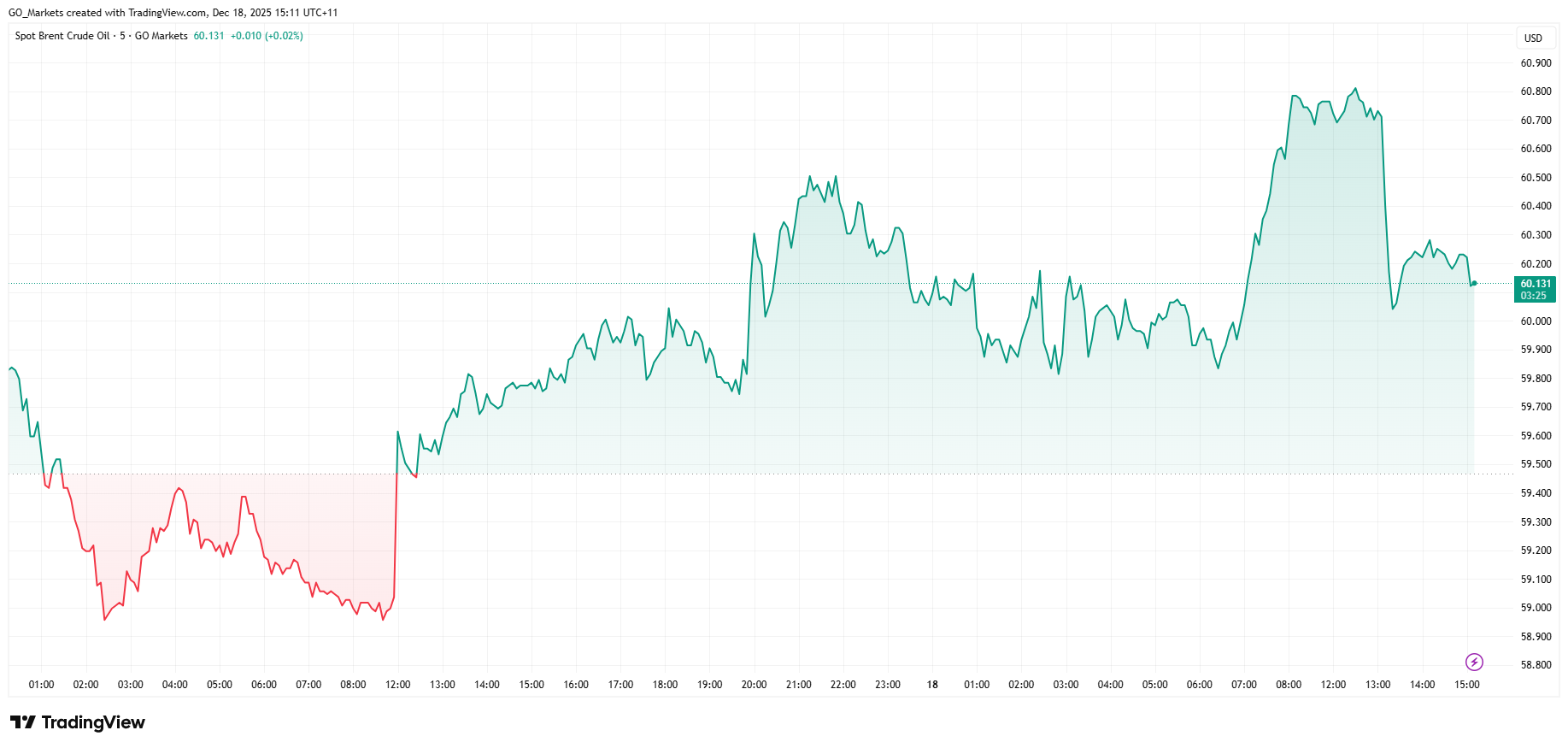
White House Chief of Staff Susie Wiles succinctly summarised the situation as: “Trump wants to keep on blowing boats up until Maduro cries uncle."
Brent crude jumped 2.4% to $60.33 per barrel, while WTI climbed 2.6% to $56.69.
If crude maintains its $60 per barrel price, analysts project the blockade, combined with potential Russian sanctions, could push prices toward $70 as Venezuela's already-devastated economy faces collapse.
Bank of Japan to Hike Rates to Highest Level in Decades
The Bank of Japan is set to raise interest rates to their highest level in three decades this Friday, with Governor Kazuo Ueda expected to lift the benchmark rate from 0.5% to 0.75%.
While modest by global standards, this marks a landmark step in Japan's departure from decades of near-zero rates and unconventional easing.
The decision comes amid significant market turbulence. Japanese government bond yields have surged, with 30-year bonds hitting record highs and 10-year yields reaching 19-year peaks.
The volatility stems partly from concerns under new Prime Minister Sanae Takaichi, who recently approved a $118 billion stimulus package with over 60% financed through borrowing.

While Friday's hike appears certain, policymakers have signalled caution as they push rates toward levels estimated between 1% and 2.5%.
Ueda's post-meeting press conference will be closely watched for signals about future increases.
Micron Forecasts Blowout Earnings on Booming AI Market
Micron Technology is projecting second-quarter earnings of $8.42 per share, nearly double Wall Street's $4.78 estimate.
Micron shares surged 7% in after-hours trading as markets reacted to the news that the AI-driven memory chip race is showing no signs of slowing.

As one of only three major suppliers of high-bandwidth memory (HBM) chips alongside SK Hynix and Samsung, Micron sits at a chokepoint in AI infrastructure.
The HBM specialised chips are essential for training and deploying generative AI models, and current demand is dramatically outpacing supply.
CEO Sanjay Mehrotra revealed that supply tightness will extend beyond 2026, with Micron expecting to fulfil only 50-70% of key customer demand in the medium term.
Micron projects revenue of $18.70 billion this quarter versus analyst estimates of $14.20 billion. The company has retooled their operations toward AI applications, even dissolving its consumer "Crucial" brand to concentrate on AI data centre demand.
HBM chips are now the bottleneck in AI system performance, and suppliers who can deliver at scale have the potential to capture large amounts of value over the coming years.

过去两年,贵金属市场给了投资者一堂非常生动的课。黄金一路新高,白银先按兵不动、再突然加速,走势看似分化,背后却是一条逐渐清晰的主线:一个是货币信用的锚,一个是新一轮工业周期的放大器。
如果说黄金解决的是对未来不确定性的担忧,那么白银正在回答另一个问题:当AI、数据中心、新能源真正进入规模化阶段,哪些资源会成为瓶颈。
答案里,一定有白银。

白银的逻辑,正在从老故事变成新变量
长期以来,白银被视为黄金的影子资产,涨跌节奏更多取决于金银比、货币环境和投机情绪。但这一次不同,工业需求正在成为白银价格中越来越重要的一块拼图。
过去十年,白银需求的核心增长来自三条线:光伏、新能源汽车和电子产业。但在2025年底,市场第一次真正意识到,数据中心和AI,可能才是下一阶段最具爆发力的增量。
从全球数据看,自2000年以来,数据中心数量增长了11倍,但真正夸张的是IT电力容量,从不足1GW提升到接近50GW,增长超过50倍。这意味着什么?意味着单位数据中心里,塞进了越来越多高密度、高算力、高功耗的硬件。
而这些硬件,有一个共同特征:离不开白银。
为什么数据中心离不开白银?
根据世界白银协会最新分析文章,白银并不是因为贵才被用在数据中心,而是因为性能上几乎没有替代品。
第一,导电性。白银是所有金属中导电性最强的,比铜高约6%。在服务器、GPU、交换机这种全年不间断运行的设备里,哪怕损耗降低一个百分点,长期都是巨大的能耗差异。
第二,热导性。数据中心最大的成本之一是散热。白银的高热导性能帮助芯片和电源模块更快把热量导走,降低对复杂液冷系统的依赖。
第三,稳定性和耐腐蚀性。在高负荷、高温环境下,白银能保持连接可靠,延长设备寿命。
具体到应用层面,白银广泛存在于电气触点、银镀连接器、GPU与服务器芯片的封装焊料、热界面材料中。AI算力越密集,这些部件用得越多。
所以,哪怕我们暂时无法精确计算每个数据中心消耗多少克白银,只要知道算力在指数级增长,就足以判断方向。

看白银,开始要盯资本开支
如果说过去看白银,主要看光伏装机、新能源车销量和库存数据,那么现在需要多加两个观察窗口。
一个在北美。Meta、Microsoft、Alphabet、Amazon、Oracle这几家公司的资本开支,是AI算力投资最直接的晴雨表。芯片、服务器、数据中心,本质都是对白银的间接需求。
另一个在中国。华为、阿里、腾讯、百度、美团、京东等公司的AI基础设施投入,同样值得持续跟踪。今年阿里提到的三年数千亿级别AI基建规划,本身就是一个重要信号。
当这些公司的资本开支进入持续高位,白银的工业需求弹性,会比很多人想象得大。
黄金仍是底盘,但节奏会放缓
相比白银的结构性变化,黄金的逻辑其实非常稳定。
长期看,黄金锚定的是美元信用。全球主要经济体债务高企,财政赤字常态化,财政主导逐渐取代货币主导,这是支撑黄金的大背景。央行持续购金,本质上是在对冲主权信用风险。
中期看,黄金仍然受制于美债实际利率。只要实际利率下行,黄金就有空间;反之,上行压力会出现。
展望2026年,一个相对清晰的判断是:黄金不太可能复制过去两年的单边强势。上半年在降息预期和政策惯性下仍有支撑,但下半年随着政治周期、通胀政策调整、风险定价下降,金价更可能进入高位震荡,甚至阶段性回调。
这并不意味着黄金逻辑失效,而是它更适合作为配置资产,而非高弹性博弈工具。
白银与黄金的策略差异
在实际操作层面,黄金和白银的策略应该分开看。
黄金适合的是长期持有和风险对冲。它的作用是压舱石,而不是发动机。越是在宏观不确定性高、资产相关性上升的时候,黄金的价值越明显。
白银则更偏向趋势型和周期型资产。它同时受益于货币环境和工业扩张,但波动远大于黄金。金银比已经从高位明显回落,也提醒投资者,白银进入了更拥挤的阶段。
因此,对白银更合理的策略不是一把梭,而是在趋势确认的前提下,控制仓位、动态调整。尤其是在短期快速上涨后,留足安全边际非常重要。

如果用一句话总结当前的贵金属市场,那就是:黄金稳住底盘,白银开始走向舞台中央。
黄金的故事,是关于信用、制度和长期不确定性;白银的故事,则是关于AI、电力、算力和工业升级。当这两条逻辑在同一个时间窗口共振,贵金属自然会成为资金绕不开的方向。
但舞台再热闹,也需要节奏。接着奏乐接着舞,不代表要一直跳到天亮。看清逻辑,分清角色,控制仓位,可能比单纯判断涨跌更重要。
希望这篇文章,能给你一些有用的参考。

